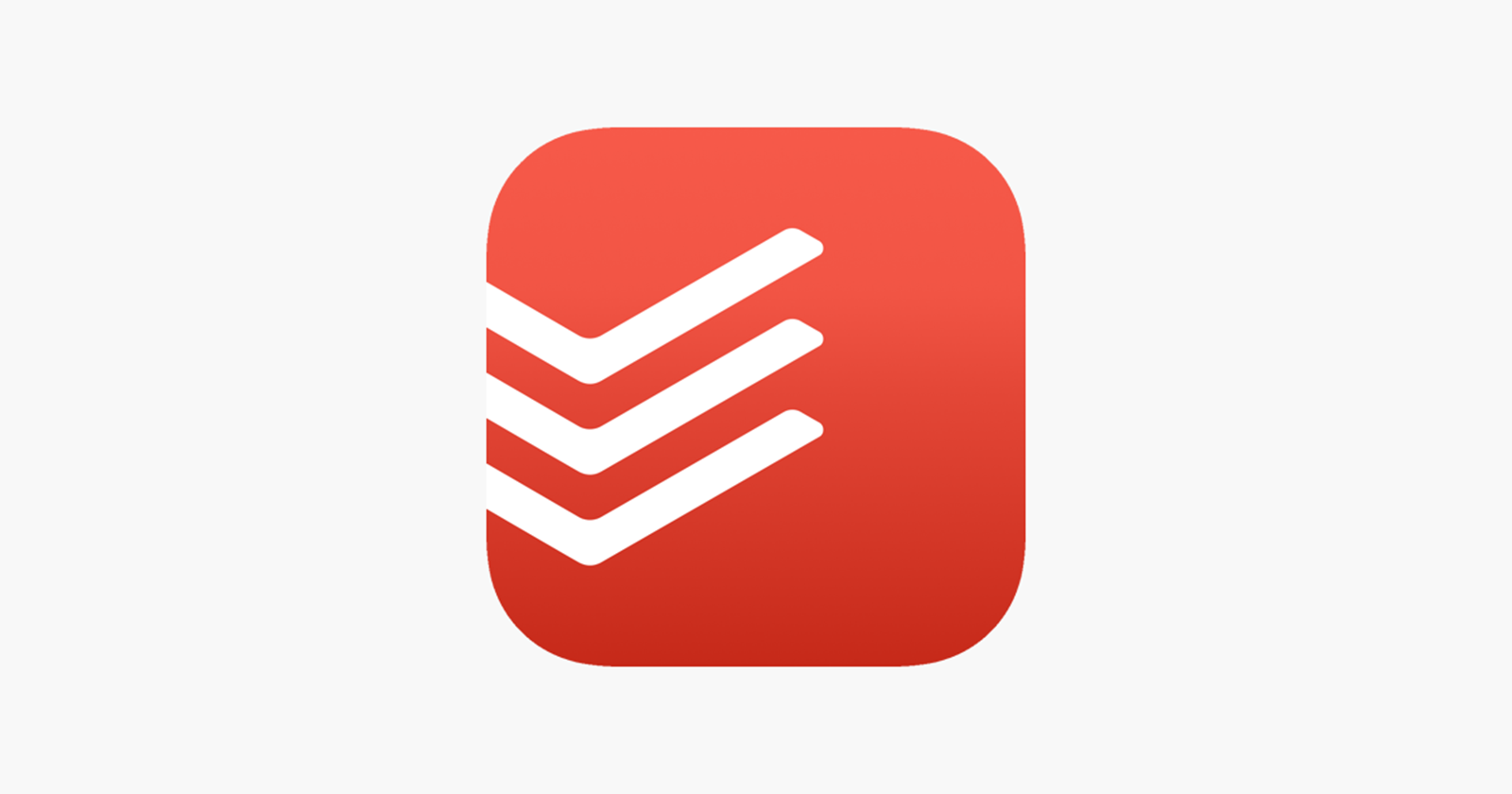Big changes are coming for Todoist users who’ve relied on its Google Calendar integration to keep their lives in sync. On March 10, 2025, the much-loved legacy Google Calendar integration will officially retire, paving the way for the new integration. The transition promises better reliability, cleaner workflows, and future compatibility with other calendar platforms, but not everyone is thrilled. In fact, some users are fuming, venting their frustrations across Reddit and other forums.
What’s changing?
For years, the legacy Google Calendar integration has been a favorite feature among Todoist users. It allowed for seamless two-way sync between Todoist tasks and Google Calendar events. You could create a task in Todoist, see it appear in your calendar, and vice versa. Everything was connected, simple, and perfect for those who believe events are tasks.
The new integration, while touted as an upgrade, fundamentally changes this functionality. Tasks and calendar events are now treated as separate entities. Yes, they’ll show up side by side in Todoist’s Today and Upcoming views, but you can no longer create a Google Calendar event and automatically see it as a task in Todoist (or check it off your list). For many users, this shift feels less like an improvement and more like a dealbreaker.
Todoist claims the legacy integration, launched in 2017, has been plagued by issues like unreliable syncing and duplicate entries. These problems necessitated a cleaner, more robust solution. The new integration offers features like hour-by-hour time blocking, improved two-way syncing, and the promise of future compatibility with platforms like Outlook. But these improvements come at the cost of some core functionalities that users have come to rely on.
Todoist paints a rosy picture of the transition. Over half a million users have already switched, and according to Todoist, those using the new integration are three times more likely to hit their weekly goals. It sounds great on paper, but the backlash suggests a different reality.
The backlash: “Why fix what wasn’t broken?”
The response from the community has been…heated. One common gripe is the loss of two-way task syncing. Many users loved being able to create a task in Google Calendar and see it reflected in Todoist as a task they could complete and track. For people who meticulously schedule their lives, this functionality was a game-changer. The new integration, which separates events and tasks, feels like a step backward.
Others are frustrated by the lack of customization. The new integration doesn’t allow users to sync specific Todoist projects to designated Google Calendar calendars, a feature the legacy version supported. This has left many scrambling for workarounds or contemplating a switch to competitors like TickTick, which still offers two-way sync.
The alternatives include Zapier and third-party tools
To address the loss of certain functionalities, Todoist suggests using automation tools like Zapier to recreate some of the legacy features. For example, Zapier can turn Google Calendar events into Todoist tasks, but this workaround requires additional setup and, often, a paid subscription. For many users, this feels like an unnecessary hassle. As noted, TickTick is also an option.
The controversy highlights a broader tension in the world of productivity apps. As platforms evolve, they often prioritize future scalability and new features over maintaining legacy functionalities that users love. Todoist is betting on its new integration to future-proof the app and attract new users. But in the process, it risks alienating its loyal base.
If you’re still using the legacy integration, here’s how to prepare for the change:
- Disconnect the legacy integration: Before March 10, 2025, log in to Todoist, go to Settings > Integrations, and disconnect the legacy Google Calendar integration.
- Remove synced tasks and events: Bulk delete tasks and events that were synced through the legacy integration to prevent duplicates.
- Set up the new integration: Follow Todoist’s guide to connect the new Google Calendar integration.
- Consider workarounds: Explore tools like Zapier, TickTick or other third-party apps if you need functionalities that the new integration doesn’t offer.
March 10, 2025, will mark the end of an era for Todoist users. Whether the new Google Calendar integration can win over skeptics remains to be seen. For now, the debate rages on, with users weighing their options and airing their grievances.
Change may be inevitable, but for many, it’s far from welcome. As one Reddit user put it, “If the legacy integration is killed off, I’d have no reason to stick with Todoist.” Only time will tell if the new integration can live up to its promise or if it’ll send loyal users packing.
TechIssuesToday primarily focuses on publishing 'breaking' or 'exclusive' tech news. This means, we are usually the first news website on the whole Internet to highlight the topics we cover daily. So far, our stories have been picked up by many mainstream technology publications like The Verge, Macrumors, Forbes, etc. To know more, head here.
Former Todoist fan)05-02-2025
A very good and apt article that conveys all the feelings regarding these changes that are not welcome by many users.
Reply


dmitry22-03-2025
This is the worst thing that happened with todoist For me, since all tasks were stored in google calendar
Reply